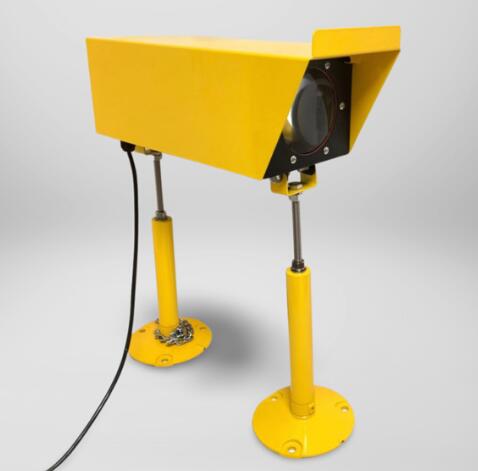HAPI Light: The Visual Lifeline for Precision Helicopter Operations
In the critical final moments of a helicopter approach, when fractions of a degree in descent angle can mean the difference between a smooth landing and disaster, the HAPI light (Helicopter Approach Path Indicator) serves as an indispensable visual reference. These specialized lighting systems provide pilots with instantaneous feedback on their glide path, offering a simple yet remarkably effective solution for safe landings in challenging environments. From hospital rooftops to offshore oil rigs, HAPI lights have become the universal language of vertical approach guidance, trusted by civilian and military aviators alike.
The Science Behind HAPI Light Technology
Optical Engineering Principles
• Precision-calibrated LED arrays with 100,000-hour lifespan
• Optimized color spectrum (red/white) for maximum contrast
• 6-12 degree adjustable approach angles to suit various helipad configurations
Human Factors Design
• Instantaneous visual interpretation (<0.5 second recognition time)
• NVIS (Night Vision Imaging System) compatible models
• Glare-free illumination for all weather conditions

Regulatory Framework and Compliance Standards
International Aviation Requirements
• ICAO Annex 14 Volume II (Heliport Standards)
• FAA AC 150/5390-2D (Heliport Design Advisory)
• EASA CS-29 (Rotorcraft Certification Specifications)
| HAPI Light |
Performance Certification
• MIL-STD-810G environmental testing
• IP67 waterproof rating for marine applications
• 25,000+ flash cycle durability testing
Operational Configurations
Fixed Installation Systems
• Permanent rooftop helipad solutions
• Integrated with heliport lighting circuits
• Synchronized with obstacle lighting systems
Mobile Deployment Units
• Rapid-deployment military versions
• Solar-powered emergency models
• Modular designs for temporary installations
Advanced Technical Features
Smart Light Technology
• Automatic brightness adjustment (1-10,000 lux range)
• Wireless remote monitoring capability
• Predictive failure alert systems
Special Environment Adaptations
• Arctic-rated models (-50°C operation)
• Salt fog corrosion-resistant marine versions
• Explosion-proof designs for hazardous areas
Maintenance and Reliability
Field-Proven Durability
• 5-year minimum service intervals
• Tool-less access for bulb replacement
• Self-diagnosing control modules
Performance Verification
• Laser-aligned calibration tools
• Photometric testing protocols
• Flight validation procedures
Future Evolution of HAPI Technology
Next-Generation Developments
• Augmented reality integration with HMDs
• AI-powered approach path optimization
• IoT-enabled networked helipad systems
Sustainable Solutions
• Solar-hybrid power systems
• Energy-harvesting designs
• Recyclable material construction
The HAPI light represents one of aviation's most successful marriages of simplicity and effectiveness. In an era of increasingly complex avionics, these rugged, reliable visual aids continue to prove their worth daily across thousands of helicopter operations worldwide. As urban air mobility expands and helicopter missions grow more demanding, HAPI light technology will undoubtedly evolve - yet its fundamental purpose will remain unchanged: providing pilots with that crucial visual reference that makes every landing a safe landing. For helicopter aviators, that steady glow of white or urgent flash of red will always mean one thing - you're on path, or you need to correct, and that simple binary communication saves lives every single day.
